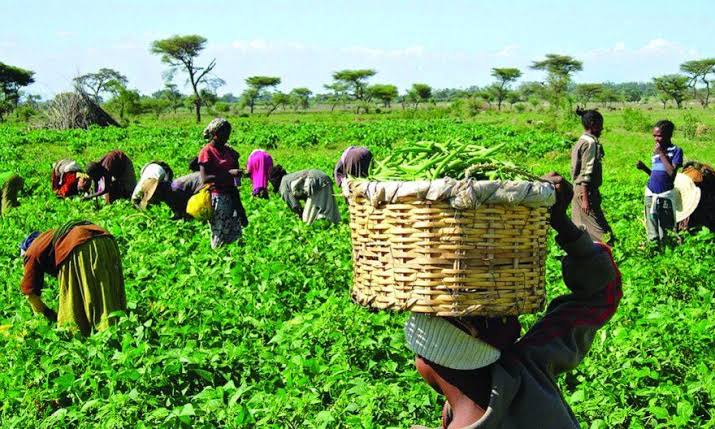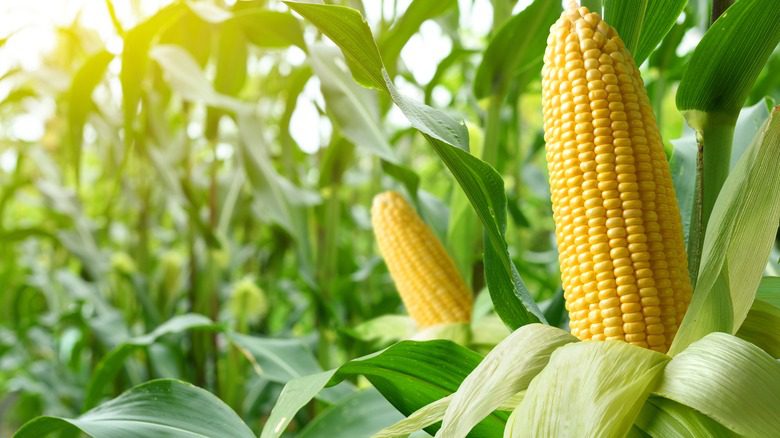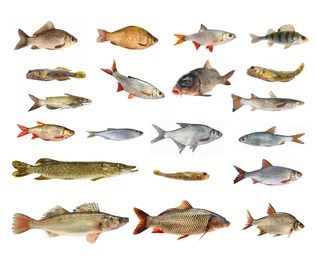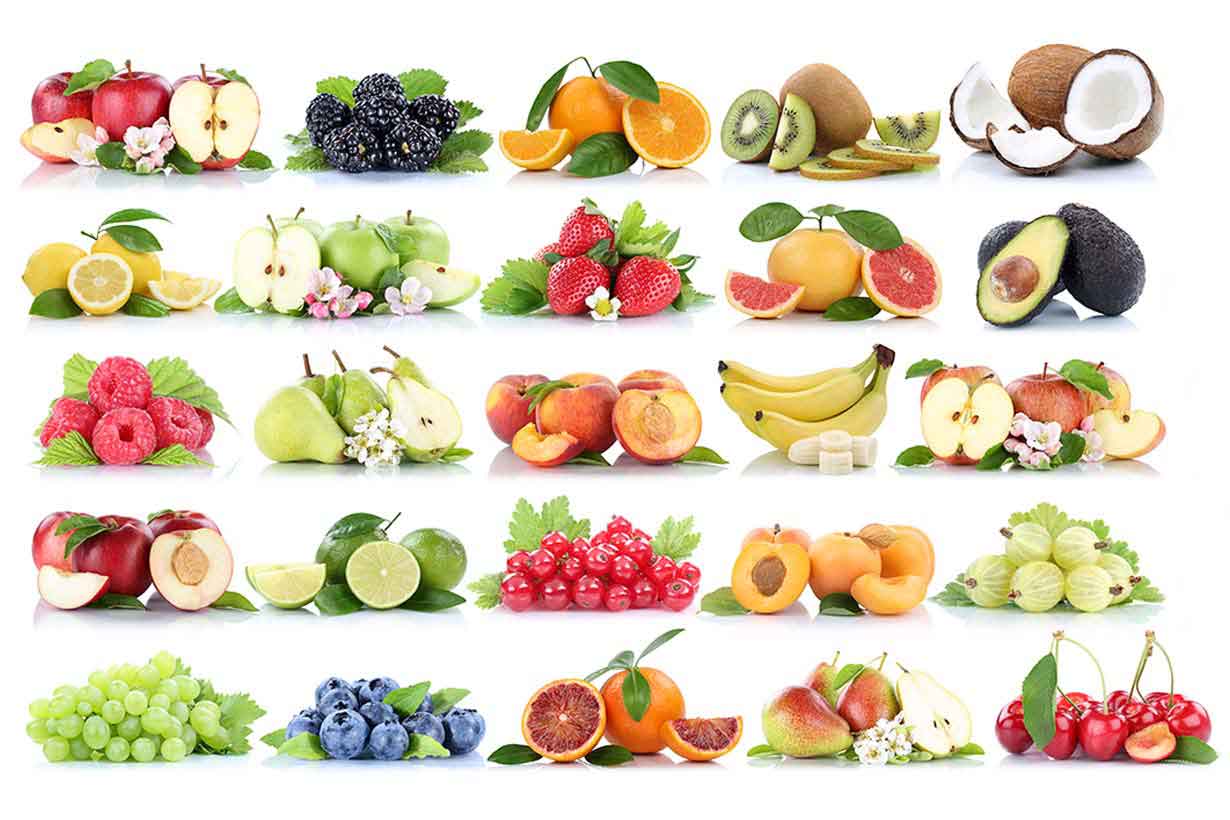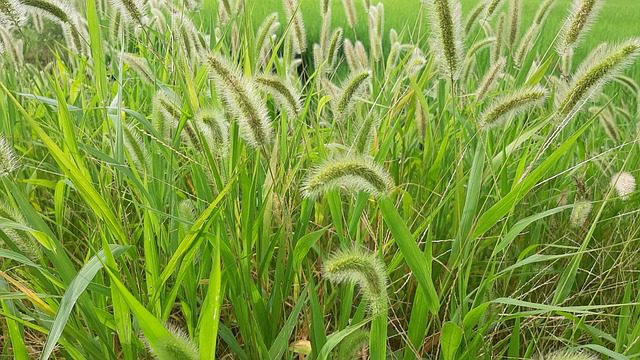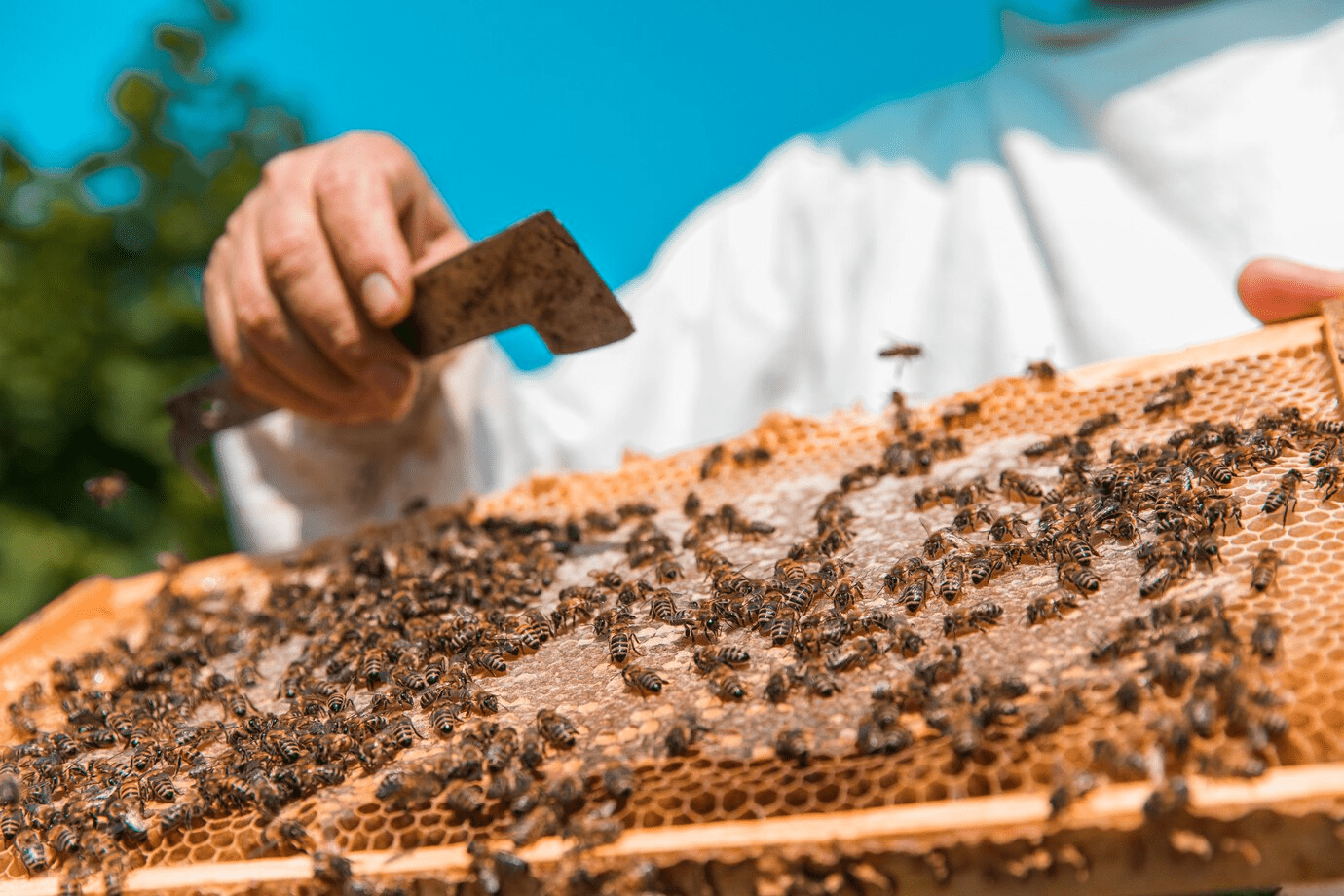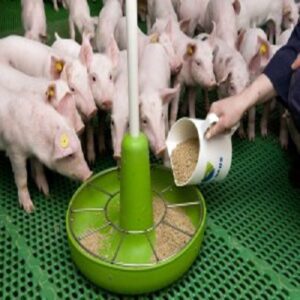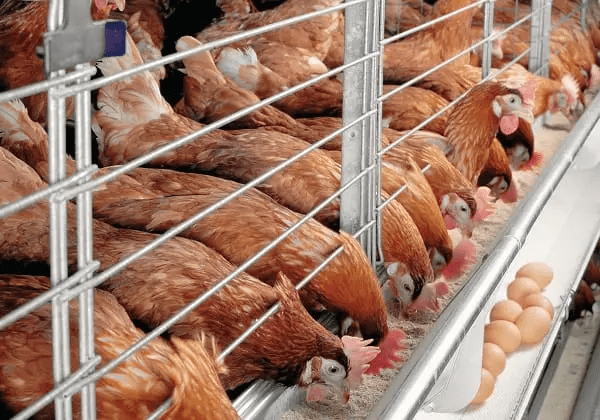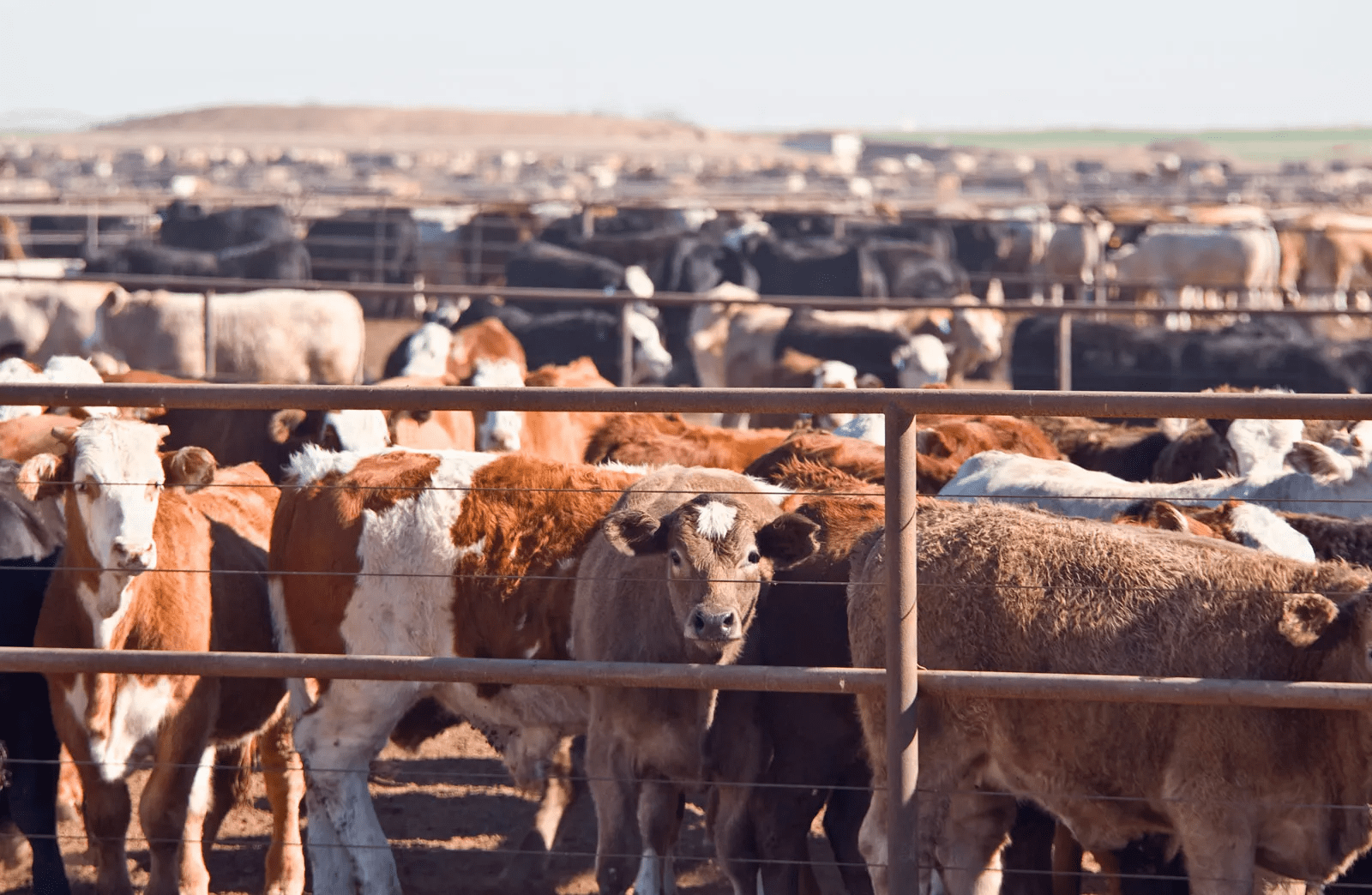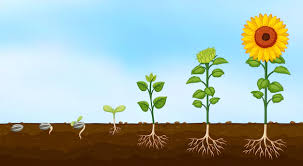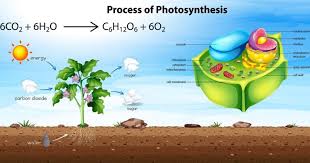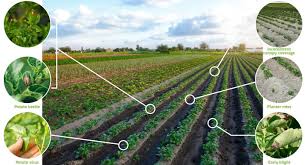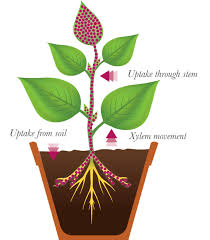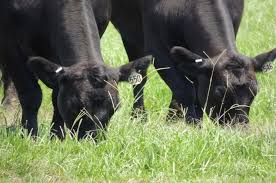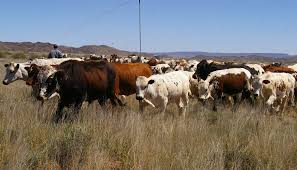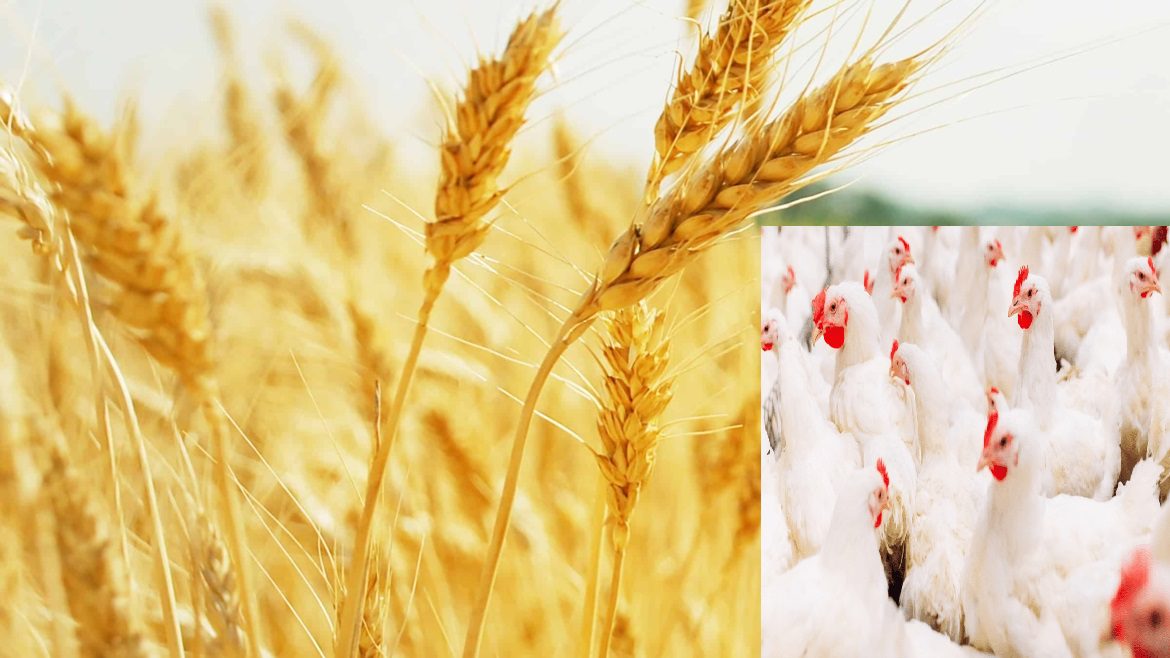
Agric4Profits.com – Your Comprehensive Practical Agricultural Knowledge and Farmer’s Guide Website…
It’s All About Agriculture – The Way Forward!
Browse Our Categories
Free Consultancy for African Women (Let’s Feed Africa!)
Free Agricultural Consultation Form
Testimonials
Latest Posts

Health Benefits of Waterleaf (Talinum triangulare) that will make you eat it everyday
Waterleaf (Talinum triangulare), is popularly called Efo Gbure in Yoruba dialect in the South Western Nigeria and it is one of those underrated and undervalued plants in Nigeria. Waterleaf is… Read More
Materials Required to Setup a Mushroom Farm
It is no longer a secret that mushroom farming is one of the lucrative aspects of agricultural businesses that any existing farmer or intending farmer can venture into with little… Read More
10 Things You Should Know About Noiler Chickens
Noiler chicken breed (also called Kuroiler) is a hybrid chicken produced after successfully crossing a male broiler with an exotic pullet. This particular breed of chicken is considered to be… Read More
How to Select the Best Quality Egg Laying Chickens at Point of Lay (P.O.L)
Are you an existing or intending poultry farmer who wishes to purchase his / her egg laying chickens at point of lay instead of raising them from day old chicks?… Read More

Fundamentals of Ecology in Agricultural Systems
Fundamentally, ecology resembles a society, though it operates on a much larger scale. Ecologists function similarly to economists, but instead of human economies, they study nature’s economy. This article explores… Read More

Factors Affecting Plant Growth and Development in Agriculture
All the developmental processes occurring in plants involve growth. The growth of plants involves various changes such as the addition of new cells through cell division, an increase in size… Read More

Photosynthesis and Its Role in Plant Growth and Crop Yield
Photosynthesis is one of the principal biochemical processes supporting plant growth and development. Because of its basic nature, it is intimately involved in reproductive growth and determining crop yields. Photosynthesis… Read More

Yield Limiting Factors and Yield Components in Agriculture
Plant productivity is decreasing due to the detrimental effects of various biotic and abiotic yield reduction factors that are majorly environmental in nature. Therefore, minimising these losses is a major… Read More

Understanding the Role of Growth Regulators in Plant Development
It is often observed in a germinating seedling that roots grow in a downward direction while shoots grow upwards. Some flowers bloom during the day but close at night, as… Read More

Concept of Grazing Management in Pasture-Based Livestock Farming
Grazing management system involves pasture manipulation under grazing condition with the sole aim of feeding livestock and environmental control. Grazing livestock on pastures helps to reduce the cost of production… Read More

Types of Grazing Management Systems in Nigerian Livestock Farming
There are many grazing management systems adapted by farmers in Nigeria and elsewhere. These systems are further categorized based on the size of livestock owned by farmers and the area… Read More

Plant Growth and Methods of Measuring Growth Parameters in Agriculture
Growth in plants results from the combination of cell division, cell enlargement, and the differentiation of new cells into various tissue types. These changes are usually permanent and often involve… Read More

